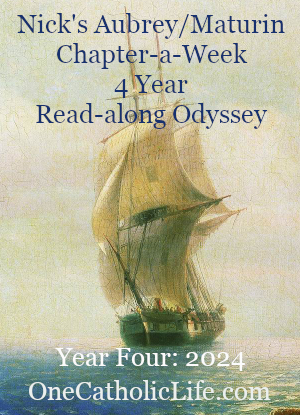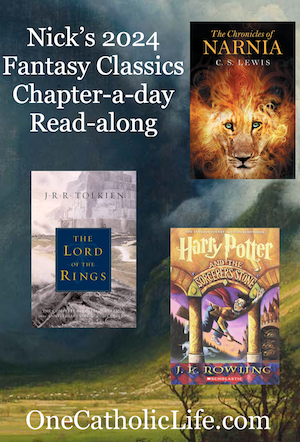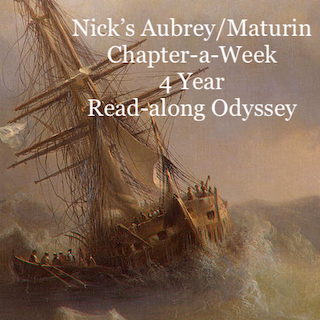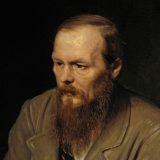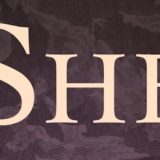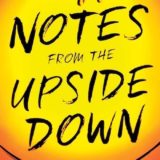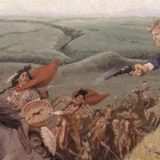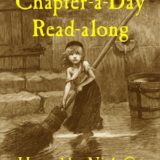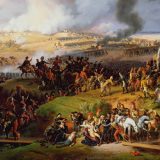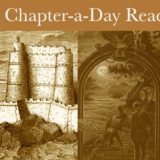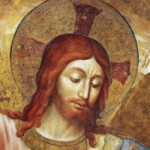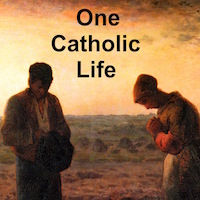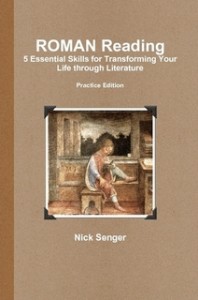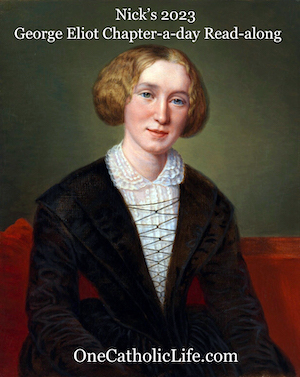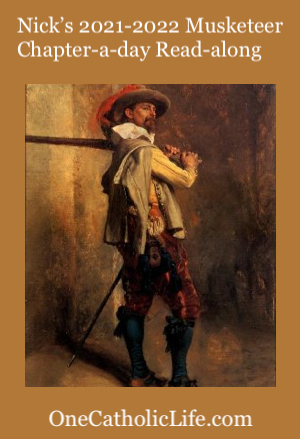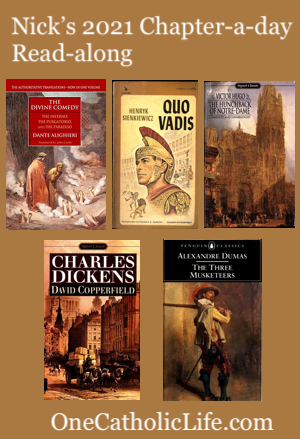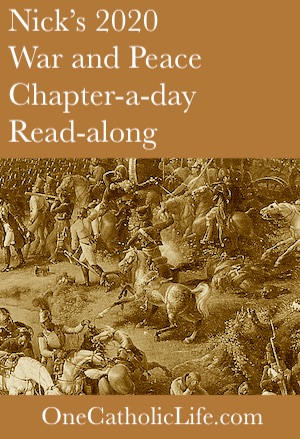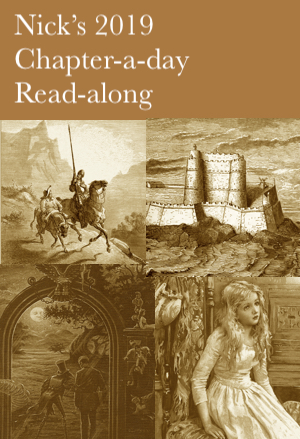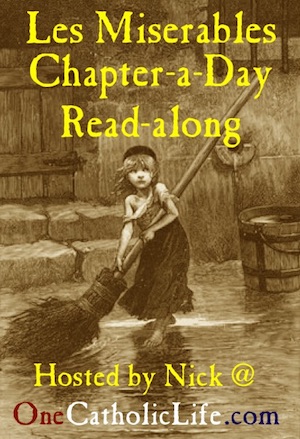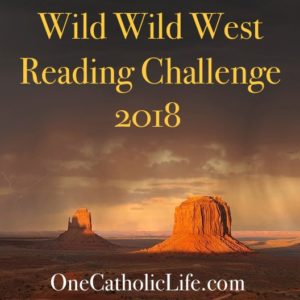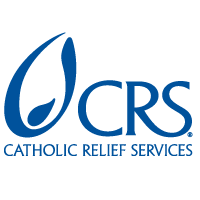Classics Book Club #4: The Bridge of San Luis Rey by Thornton Wilder
“Why did this happen to those five?” If there were any plan in the universe at all, if there were any pattern in a human life, surely it could be discovered mysteriously latent in those lives so suddenly cut off. Either we live by accident and die by accident, or we live by plan and die by plan.
I’ve had The Bridge of San Luis Rey by Thornton Wilder on my to-read list for probably twenty years. I had vaguely heard of it growing up, but it really crossed my radar when the local Catholic high school suggested it as a book to teach in junior high. I considered it whenever it came time to evaluate the novels I taught in eighth grade, but it somehow never grabbed me enough to read it, much less teach it. That’s one of the main reasons I put it on my Classics Challenge list: to see if it’s a good novel to teach to eighth graders.
The novel won the Pulitzer Prize for Literature in 1928, and was selected for Time’s All-time 100 Novels List and the Modern Library’s 100 Best Novels (The Board’s List).
Here’s a summary of the plot from Wikipedia:
It tells the story of several interrelated people who die in the collapse of an Inca rope bridge in Peru, and the events that lead up to their being on the bridge. A friar who has witnessed the accident then goes about inquiring into the lives of the victims, seeking some sort of cosmic answer to the question of why each had to die.
The novel presents several deep and important questions, but does not answer them. Nor is it meant to. In a letter included in the The Harper Perennial Kindle edition, Wilder answers a student who had written to ask about his position on the book’s questions:
Dear John:
The book is not supposed to solve. A vague comfort is supposed to hover above the unanswered questions, but it is not a theorem with its Q.E.D. The book is supposed to be as puzzling and distressing as the news that five of your friends died in an automobile accident. I dare not claim that all sudden deaths are, in the last counting, triumphant. As you say, a little over half the situations seem to prove something and the rest escape, or even contradict. Chekhov said: “The business of literature is not to answer questions, but to state them fairly.”
If Chekhov is right, then Wilder does good business in The Bridge of San Luis Rey. It is as puzzling and distressing as Wilder intended, and it does not offer trite or shallow answers to deep questions.
As to my question about whether it would be good to teach in junior high, I can only answer that it would not be a book that I would choose. It certainly has many of the qualities a piece of literature ought to have to make a good classroom novel: well-drawn characters, thought-provoking subject matter, depth of meaning, and so on. It deserves to be on a list of books to be taught in junior high. However, it didn’t move me the way a book needs to in order to be passionate about teaching it.
The Bridge of San Luis Rey by Thornton Wilder
First edition New York: Boni and Liveright, 1927
Kindle edition Harper Perennial, February 25, 2014
Print Length: 131 pages

